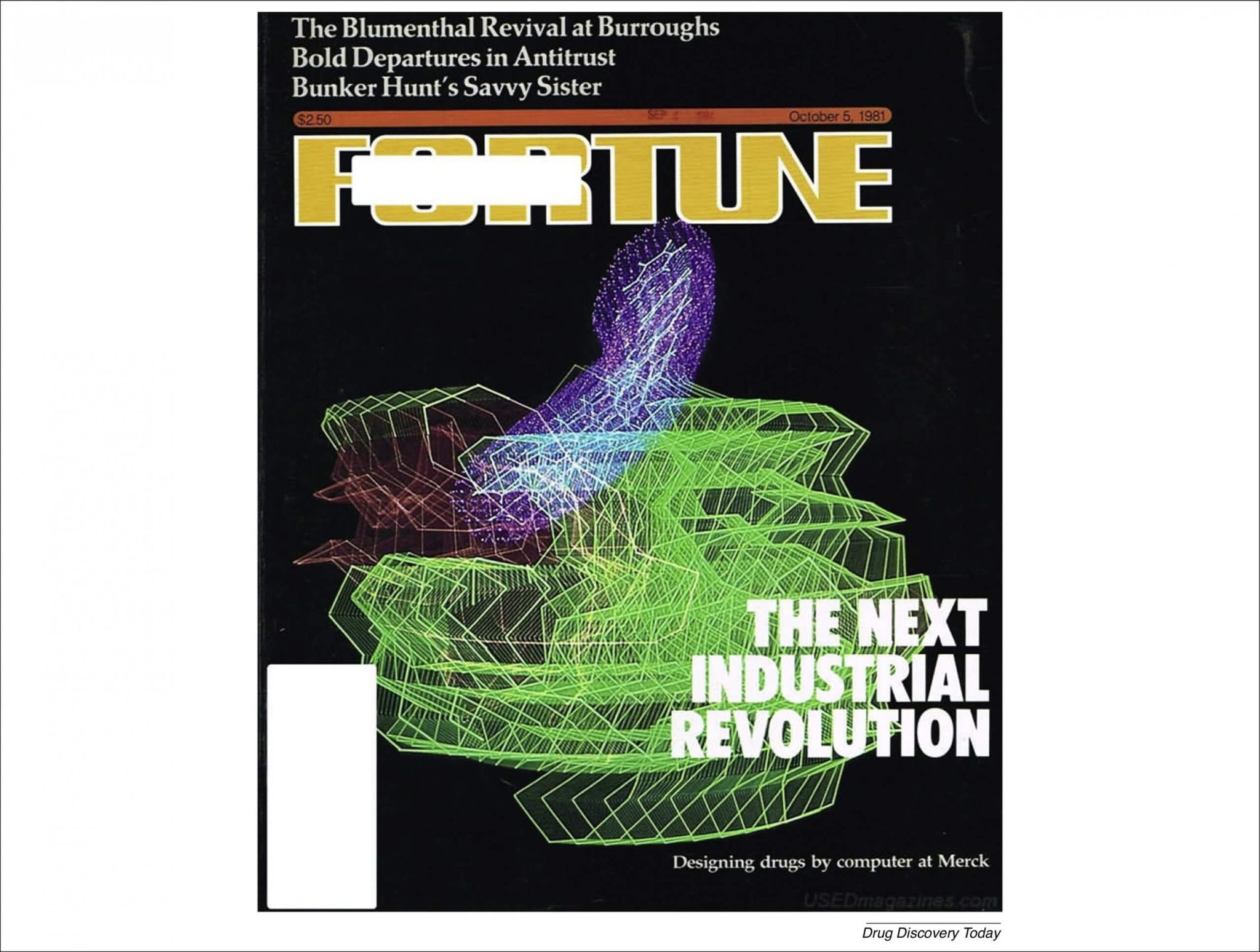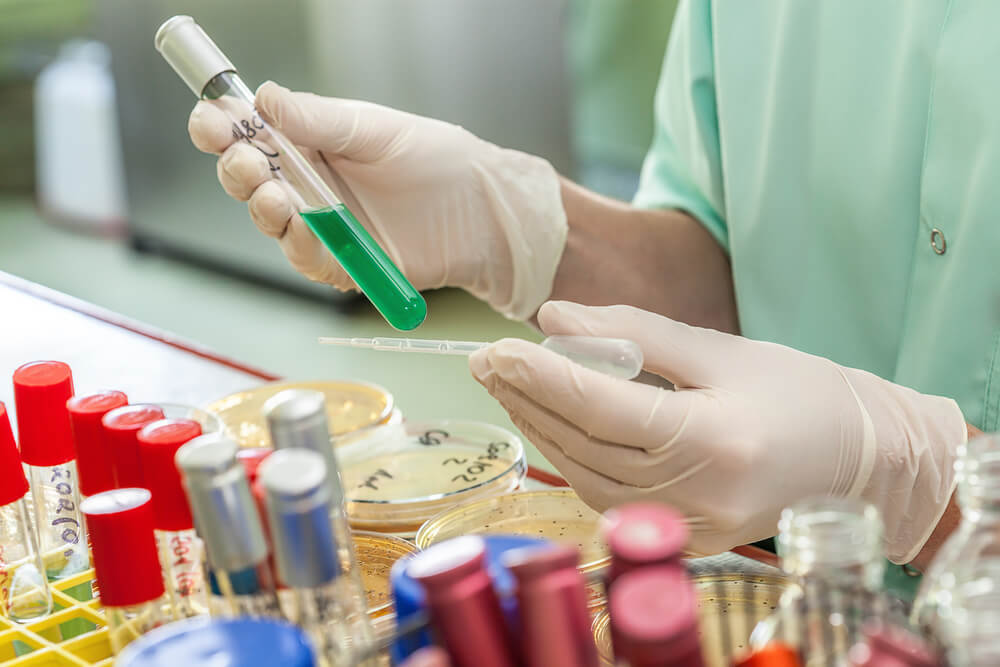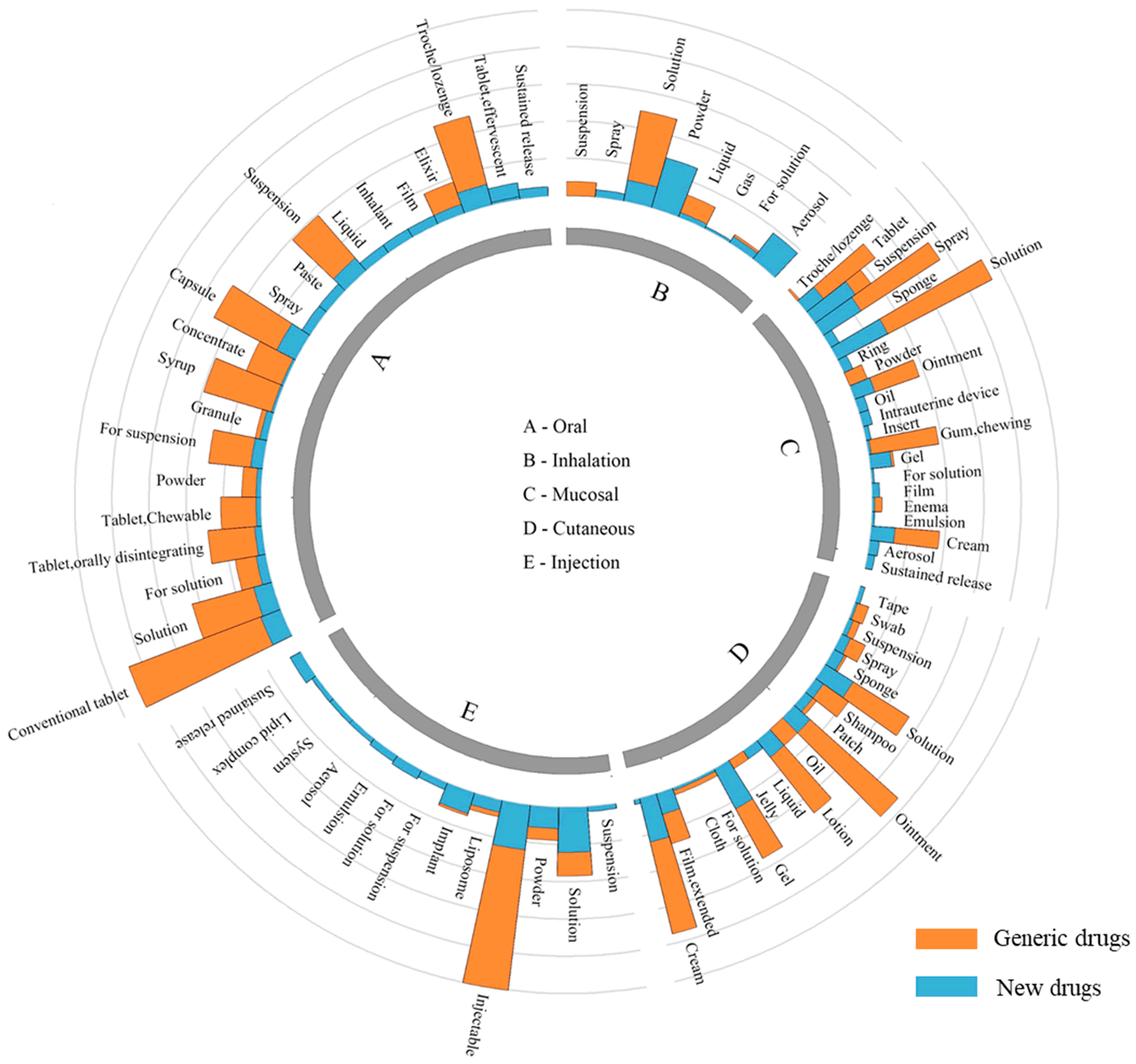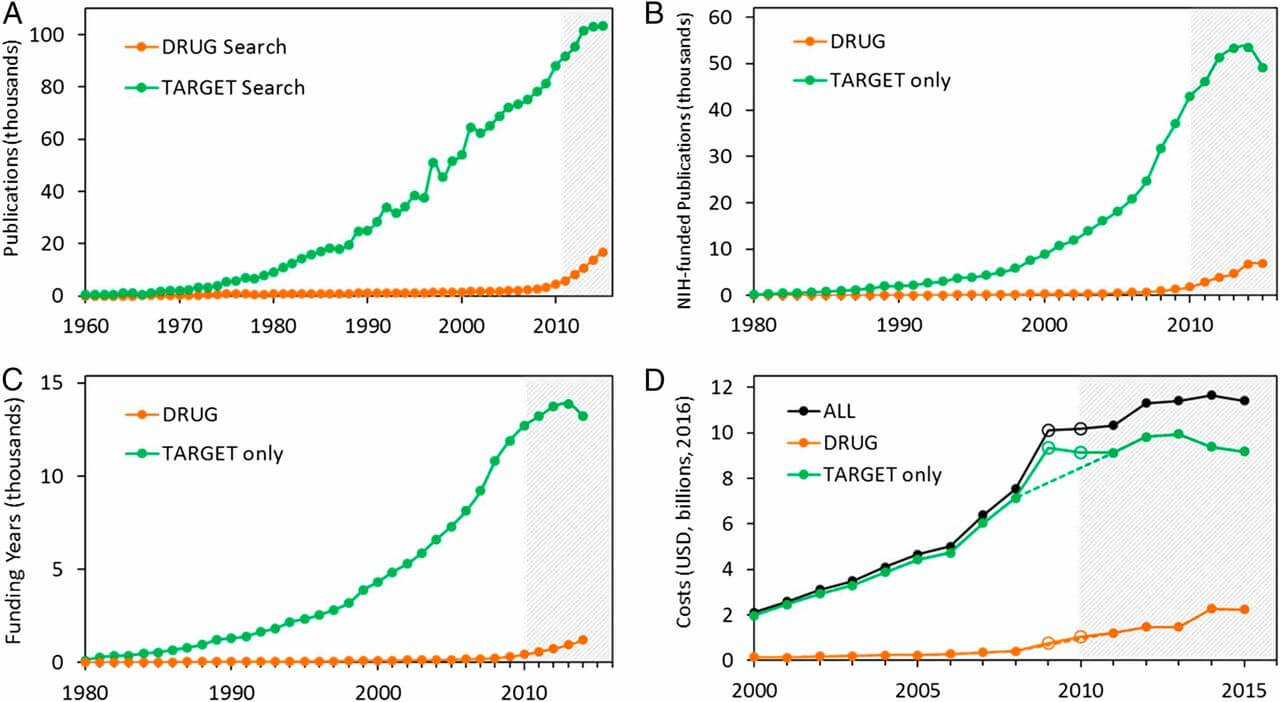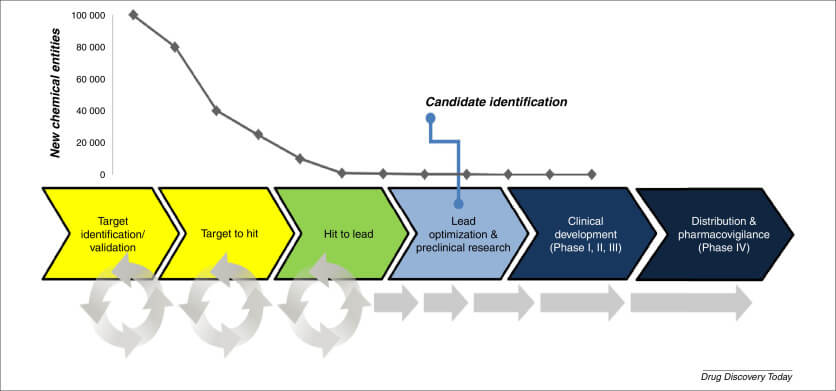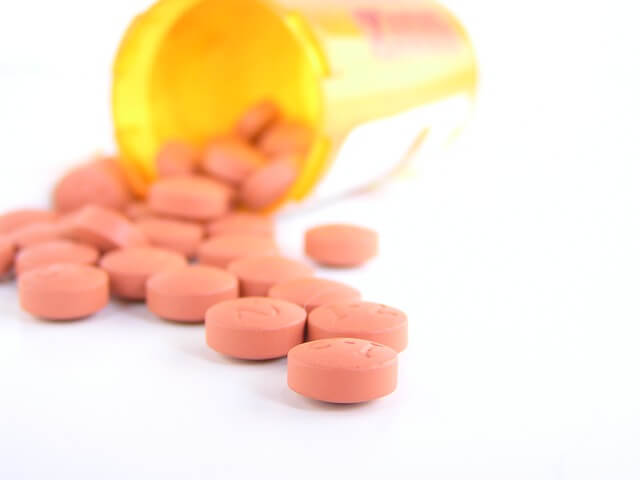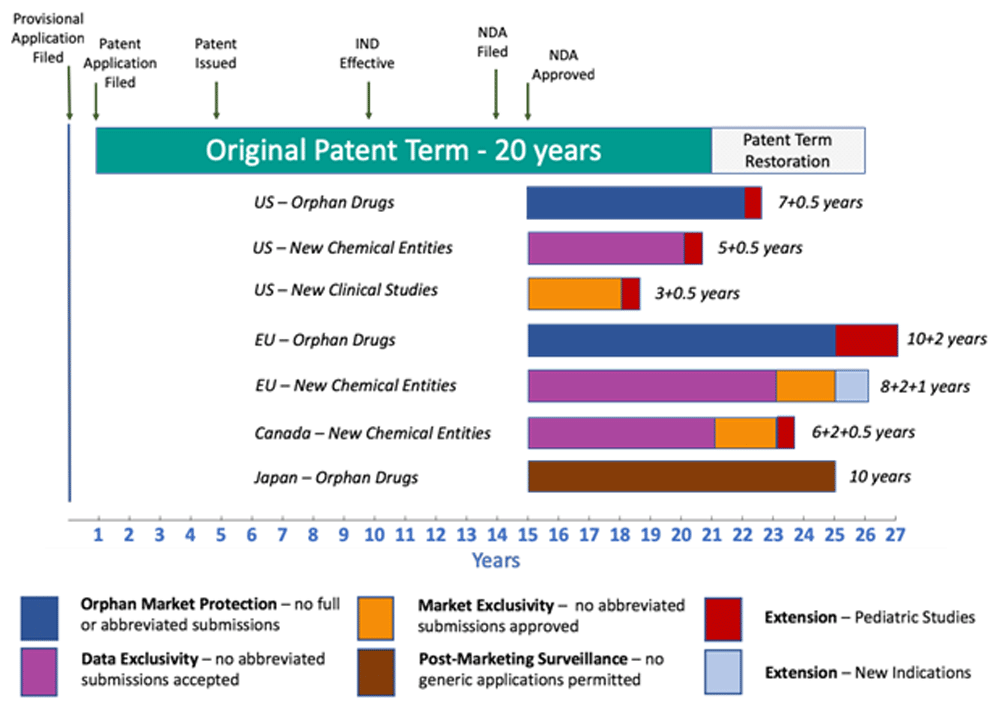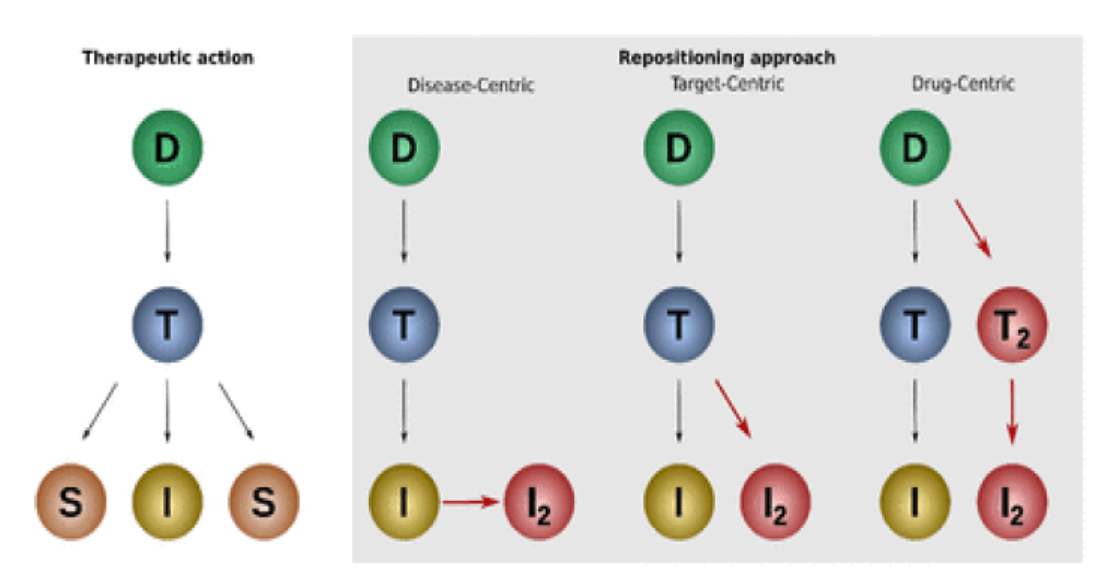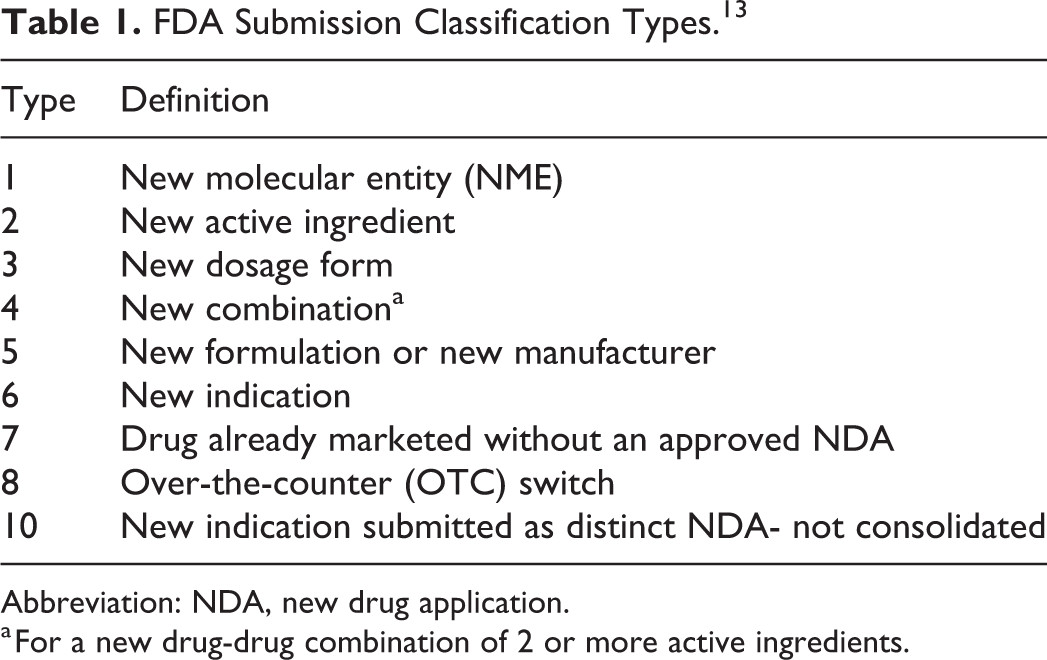Introduction:

The United States Patent and Trademark Office (USPTO) has recently released a comprehensive study on drug patents and exclusivity trends in the pharmaceutical industry. The report, titled “USPTO Drug Patent and Exclusivity Study Report,” provides valuable insights into the patent landscape, patent duration, and exclusivity trends that shape the pharmaceutical industry.
Methodology and Objective:
The study’s objective was to analyze and assess the trends and patterns in drug patents and exclusivity periods in the United States. The USPTO used a comprehensive dataset of drug patents and exclusivity periods from 2010 to 2019, comprising over 10,000 unique drugs and 25,000 patent families. The study’s methodology involved data collection, analysis, and visualization to identify key trends, patterns, and relationships.
Key Findings:
- Patent Duration: The average patent duration for small molecule drugs has decreased from approximately 12 years in 2010 to around 9 years in 2019. This trend is attributed to the increasing use of prior art and the PTO’s more stringent patent examination standards.
- Exclusivity Periods: The average exclusivity period for small molecule drugs has increased from approximately 11 years in 2010 to around 13 years in 2019. This trend is driven by the longer research and development timeframes and the growing complexity of clinical trials.
- Patent Granted Rates: The study found a decline in patent granted rates over the nine-year period, from around 55% in 2010 to less than 45% in 2019. This decline is attributed to increased scrutiny and stricter patent examination standards.
- Top Patent Applicants: The top five patent applicants in the study were Johnson & Johnson, Pfizer, Merck & Co., Inc., Eli Lilly and Company, and Sanofi.
- Top Cited References: The study identified the most cited references in patent applications, with the majority being academic publications and patent applications filed by competitors.
- Patent Invalidity Rates: The study found a significant increase in patent invalidity rates, from around 20% in 2010 to over 30% in 2019. This trend is attributed to the growing use of patent challenges and the increasing complexity of patent disputes.
- Digital Therapeutics: The study highlighted the growing trend of digital therapeutics, with a significant increase in patent applications related to these products.
Analysis and Implications:
- Competition and Innovation: The declining patent granted rates and increasing patent invalidity rates suggest a more competitive patent landscape, which may lead to increased innovation and productivity in the pharmaceutical industry.
- Patent Strategy: The study’s findings emphasize the importance of developing a comprehensive patent strategy, including the use of prior art, provisional patent applications, and patent invalidity challenges.
- Regulatory Environment: The report highlights the need for a more balanced regulatory environment, one that addresses the growing need for patent reforms while promoting innovation and patient access to new treatments.
- Digital Therapeutics: The increasing trend of digital therapeutics raises important questions about the regulation of these products and their impact on the patent landscape.
- Industry Trends: The study’s findings are consistent with broader industry trends, including the growing importance of biologics and the increasing use of biosimilars.
Conclusion:
The USPTO’s Drug Patent and Exclusivity Study Report provides valuable insights into the patent landscape and exclusivity trends in the pharmaceutical industry. The report’s findings highlight the importance of developing a comprehensive patent strategy, the need for a balanced regulatory environment, and the growing importance of digital therapeutics. This report will be an important resource for industry stakeholders, regulators, and investors seeking to understand the complex dynamics of the pharmaceutical industry.



